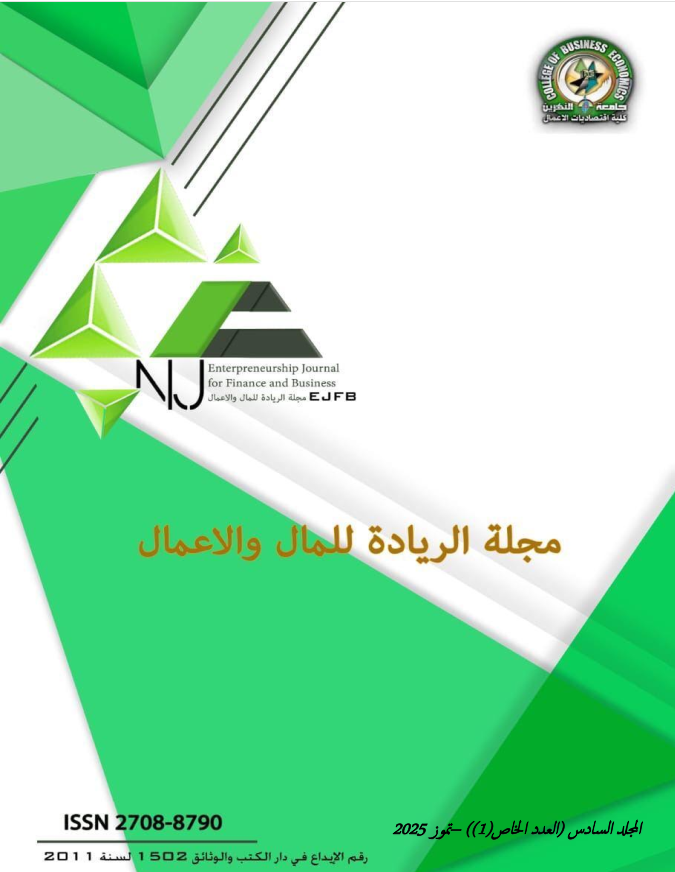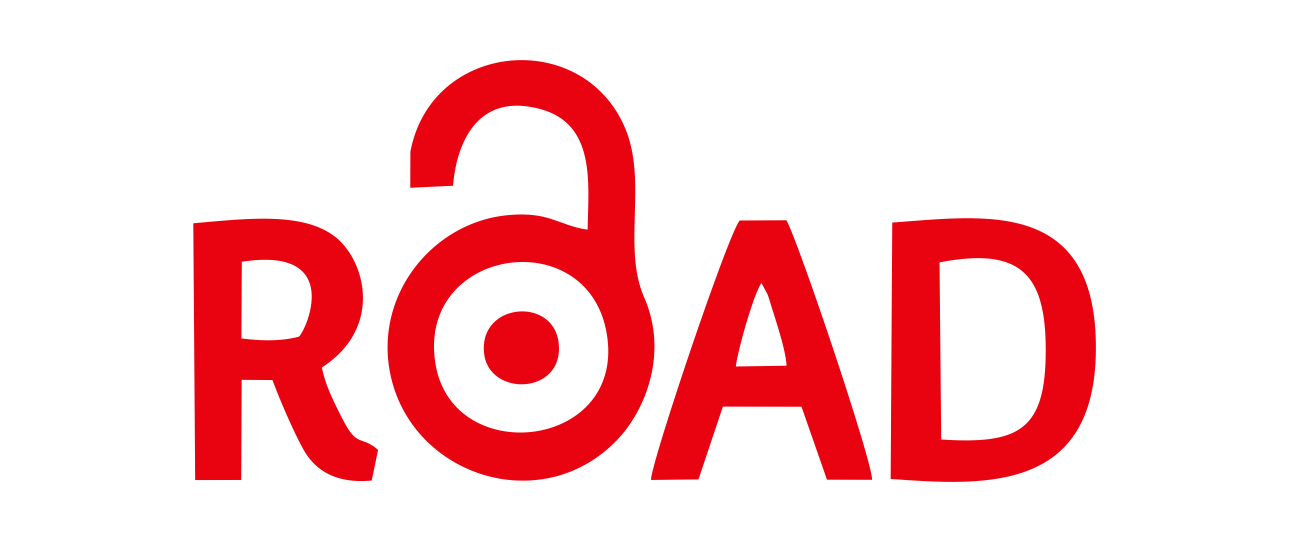Public-private partnerships for sustainable development: A field study at AL-Mustaqbal University
DOI:
https://doi.org/10.56967/ejfb2025652Keywords:
public-private partnerships, sustainable development, AL-Mustaqbal universityAbstract
Public-private partnerships (PPPs) have emerged as a critical mechanism for promoting sustainable development, particularly in the context of higher education institutions. This field study explores the role and impact of PPPs at Future University, focusing on how PPPs contribute to achieving the university's sustainable development goals. The study uses a descriptive approach by distributing (80) questionnaires to Future University staff, which were analyzed using SmartPLS V.4. The results reveal that PPPs at Future University facilitated infrastructure development, enhanced academic programs, and promoted research initiatives aligned with sustainability goals. However, challenges such as aligning stakeholder interests, ensuring long-term commitment, and maintaining transparency were identified as barriers to maximizing the potential of these partnerships. The study concludes that while PPPs offer significant opportunities to promote sustainable development in higher education, their success depends on strong governance frameworks, clear communication, and shared value creation among all stakeholders. The study provides recommendations to strengthen existing partnerships and guide future collaborations at Future University and similar institutions.
Downloads
Downloads
Published
How to Cite
Issue
Section
License
Copyright (c) 2025 احمد عبد الحسن كحيط، علي سعد علوان، البتول عبد المهدي، سما صفاء موسى

This work is licensed under a Creative Commons Attribution 4.0 International License.
This is an Open Access article distributed under the terms of the creative commons attribution (CC BY) 4.0 international license which permits unrestricted use, distribution, and reproduction in any medium or format, and to alter, transform, or build upon the material, including for commercial use, providing the original author is credited.










